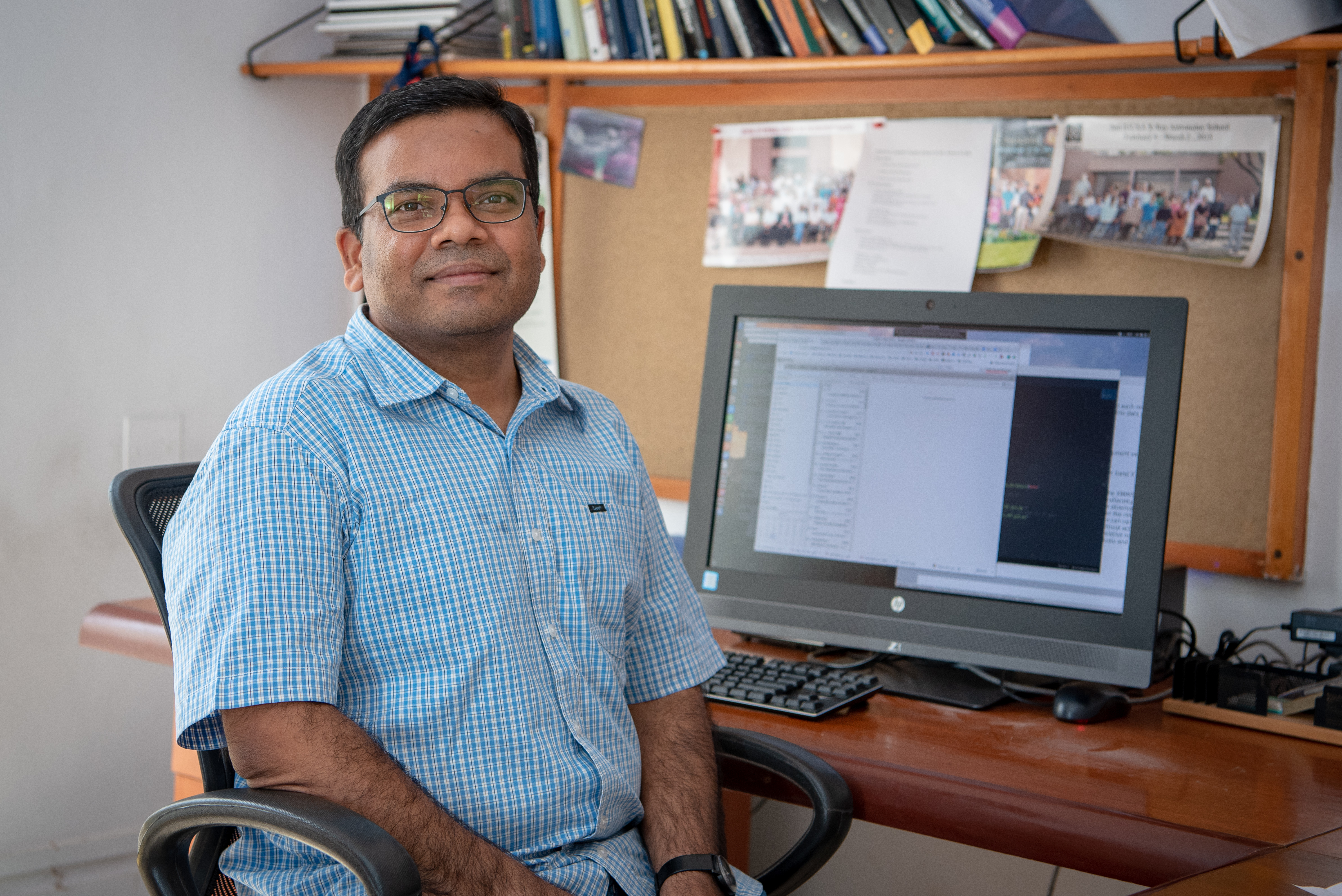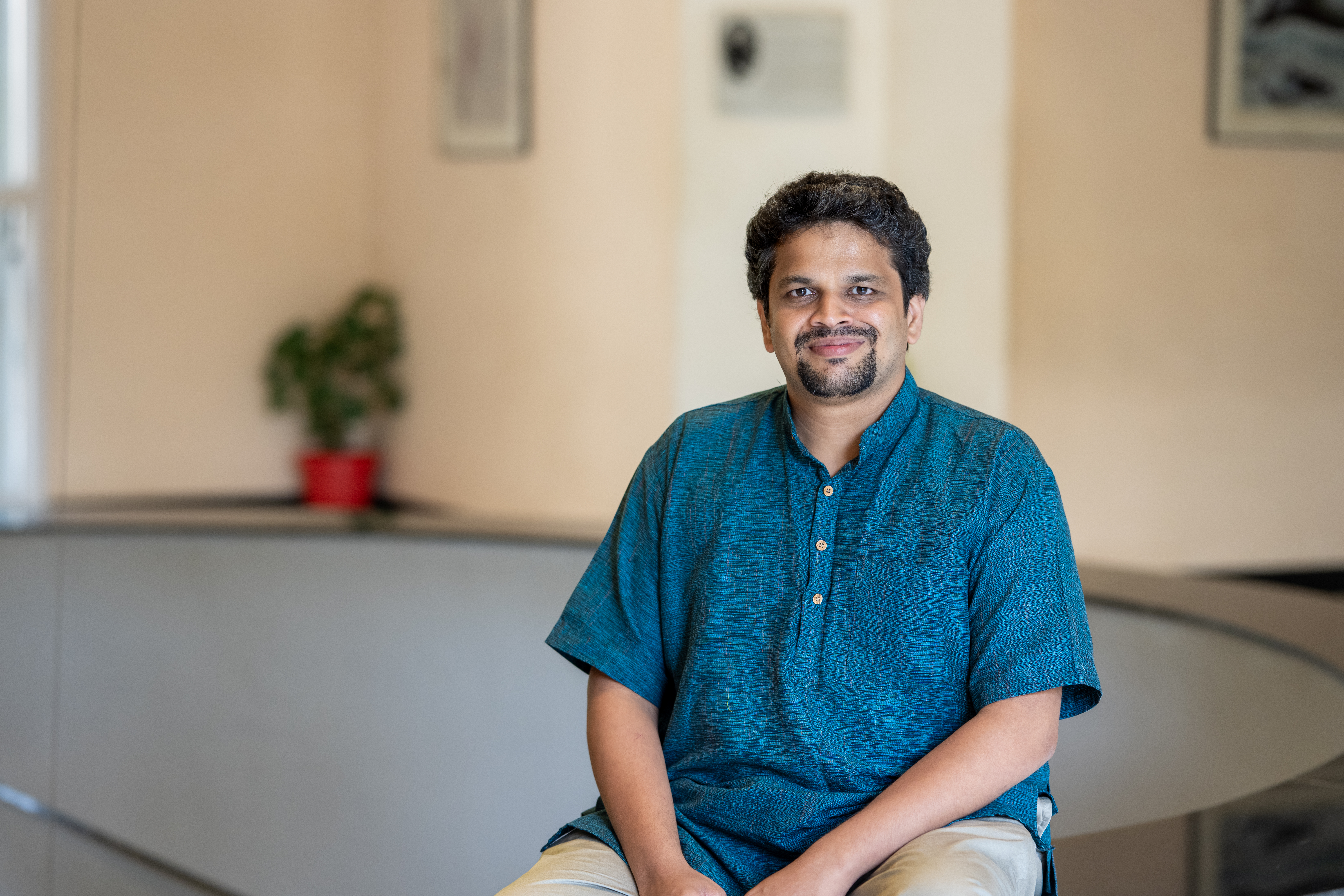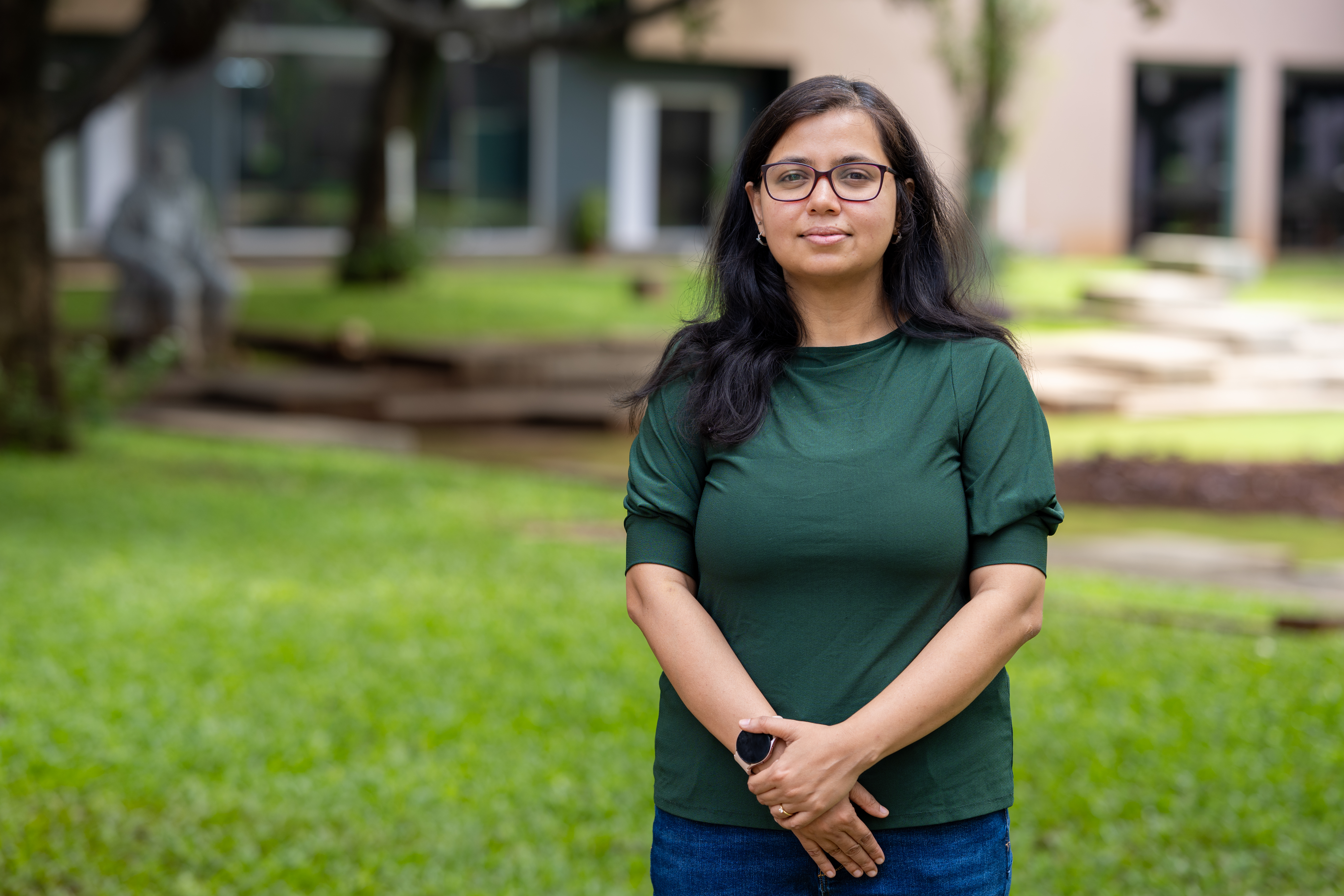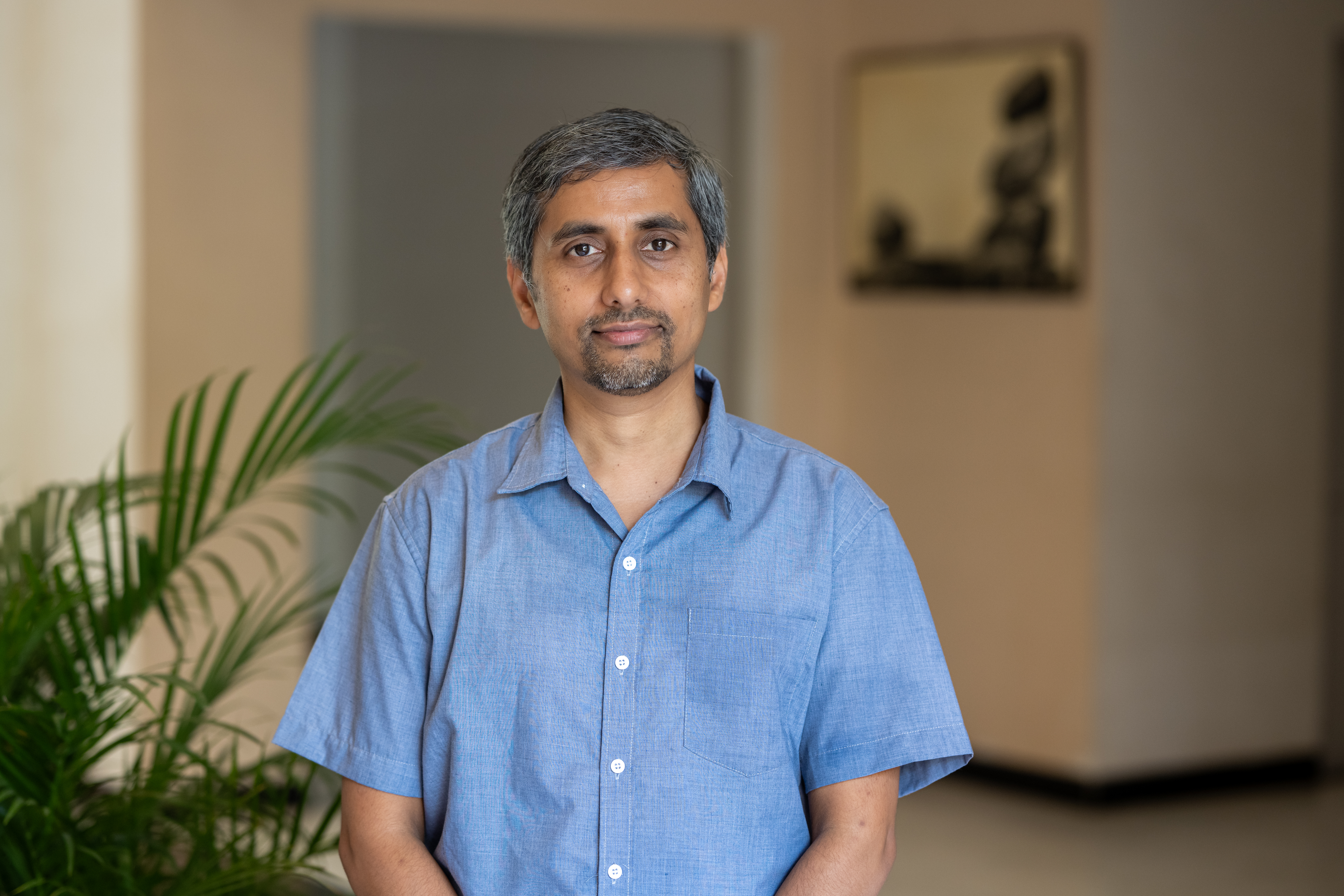English

Gulab Chand Dewangan
Contact: +91 020 2560 4212
E-mail: gulabd [at] iucaa [dot] in
Homepage: -
Publications: Link
Prof. Dewangan's research interests are in X-ray astronomy, X-ray study of active galactic nuclei, ultra-luminous X-ray sources and X-ray binaries. His primary research interest is to probe the immediate environments of supermassive black holes through X-ray spectroscopic and temporal variability studies. His research work includes X-ray observations, data analysis/modeling and interpretation. He is also interested in multiwavelength observational astrophysics.
Research Description Video:

Bhooshan Gadre
Contact: +91 020 2560 4107
E-mail: bhooshan.gadre[at] iucaa [dot] in
Homepage: -
Publications: -
Prof. Gadre's research focuses on gravitational wave (GW) astronomy and astrophysics, with particular emphasis on understanding black hole binary formation and evolution, and advancing multi-messenger astronomy through efficient low-latency GW detection methods.
Prior to joining IUCAA, I held postdoctoral positions at the Max Planck Institute for Gravitational Physics (AEI) and Utrecht University, where I contributed to compact binary detection pipelines and developed a surrogate waveform model for characterizing precessing compact binary mergers.
At IUCAA, my work centers on developing low-latency gravitational wave search algorithms that enable rapid multi-messenger follow-up observations — a critical capability for LIGO-India and future-generation gravitational wave detectors. I focus on creating efficient detection pipelines that can operate in real-time, enhancing our ability to promptly identify and characterize astrophysical events.
In parallel, I intend to perform focused searches for a variety of compact binary systems, such as possible supermassive black hole mergers, intermediate-mass black hole binaries, and sub-solar mass objects. This research explores previously inaccessible regions of the gravitational wave parameter space, contributing to a more complete understanding of black hole populations and their astrophysical formation mechanisms across cosmic history.

Chandreyee Maitra
Contact: +91 020 2560 4100
E-mail: chandreyee.maitra[at] iucaa [dot] in
Homepage: -
Publications: Link
Professor Maitra’s research focuses on the final stages of stellar evolution and the diverse environments shaped by these processes. Her primary interests include the interaction of neutron stars within binary systems—particularly Be X-ray binaries with variable circumstellar discs—and the emission mechanisms and geometry of rotation-powered pulsars. She investigates these phenomena using multi-wavelength observations, alongside studies of their surrounding environments such as pulsar wind nebulae and supernova remnants.
In recent years, Professor Maitra has made significant contributions to understanding the population of compact objects in nearby galaxies, exploring how metallicity and star formation influence their observed properties. She is also actively engaged in research on transient astrophysical phenomena, including X-ray binaries and novae in outburst.
Professor Maitra currently chairs the Compact Object Working Group of the eROSITA-DE consortium and plays a leading role in several major space missions, including eROSITA, Einstein Probe, XPOSAT, XMM-Newton, Chandra, Swift, and NuSTAR. She is also contributing to the development of next-generation observatories such as NewAthena and AXIS, as well as large-scale optical surveys like SDSS and 4MOST.

Deepak Pandey
Contact: +91 020 2560 4100
E-mail: deepak.pandey[at] iucaa [dot] in
Homepage: -
Publications: Link
Prof. Deepak Pandey earned his doctoral degree in Quantum Optics at Raman Research Institute in Bangalore, India. He then moved to L'Institut d'Optique Bordeaux, France to research on the topic of ultra-cold atoms, Bose-Einstein-Condensate and optical resonators.
During his postdoctoral tenure at the University of Bonn, Germany, he further expanded his expertise in the field of cavity quantum electrodynamics (cavity-QED), working with systems involving single-atoms trapped inside optical cavities. He also specialized in the sophisticated design of fiber-based resonators and investigated their applications in atomic physics, sensing, and quantum technology.
Prior to joining IUCAA in 2025, he worked as a Project Leader at Menlo Systems GmbH in Munich, where he led research initiatives focused on optical resonator systems, atomic clocks and their applications.
His current research interests include instrumentation for the LIGO-India project, quantum state generation using cavity-QED systems, precision measurements, and quantum technologies at the interface of astronomy and astrophysics.
Page 7 of 24




